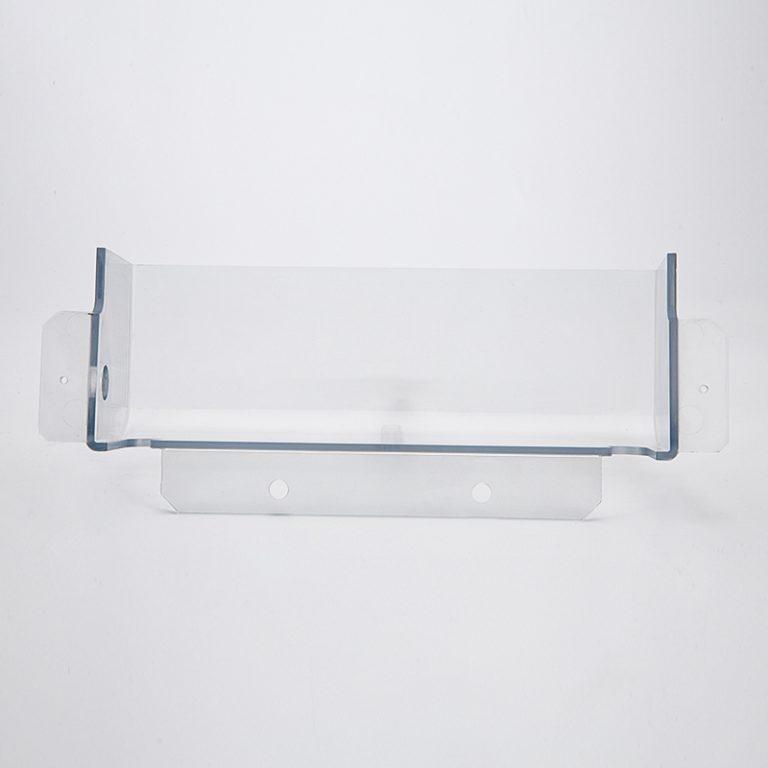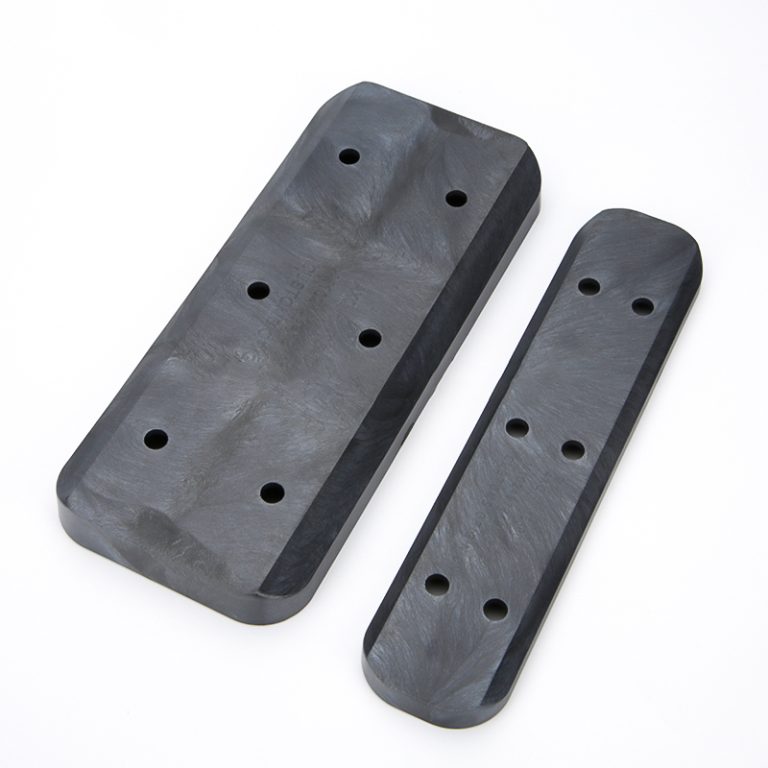Table of Contents
How to Design a Mold for a Plastic Part: Tips and Techniques
A: So, you want to design a mold for a plastic part?
B: Yes, I do.
A: Alright, let’s get started. First, you’ll need to decide what type of plastic you’ll be using.
B: What types of plastic are there?
A: There are several types of plastic, including polyethylene, polypropylene, polystyrene, and ABS. Each type of plastic has its own unique properties, so you’ll need to choose the one that best suits your needs.
B: Okay, I think I know which one I want to use. What’s the next step?
A: Once you’ve chosen the type of plastic, you’ll need to create a 3D model of the part you want to mold. This will help you determine the size and shape of the mold.
B: How do I create a 3D model?
A: You can use a variety of software programs to create a 3D model. Popular programs include SolidWorks, Autodesk Fusion 360, and Blender.
B: Got it. What’s the next step?
A: After you’ve created the 3D model, you’ll need to create a mold design. This will involve creating a cavity in the mold that matches the shape of the part. You’ll also need to consider factors such as cooling channels, ejector pins, and sprue holes.
| our services | size |
| one-stop services | customization |
B: That sounds complicated.
A: It can be, but with the right tools and techniques, you can create a successful mold design. For example, you can use CAD software to create a detailed mold design, and you can use simulation software to test the mold design before you start production.

B: That sounds helpful.
A: It is! With the right tools and techniques, you can create a successful mold design that will produce high-quality plastic parts.
The Benefits of Using Molded Plastic Parts in Manufacturing
A: “What are the benefits of using molded plastic parts in manufacturing?”
B: “Molded plastic parts offer a number of advantages for manufacturers. First, they are lightweight and durable, making them ideal for a variety of applications. Second, they are cost-effective, as they require less material and labor to produce than other materials. Third, they are easy to customize, allowing manufacturers to create parts that meet their exact specifications. Finally, they are resistant to corrosion and other environmental factors, making them a great choice for outdoor applications.”






